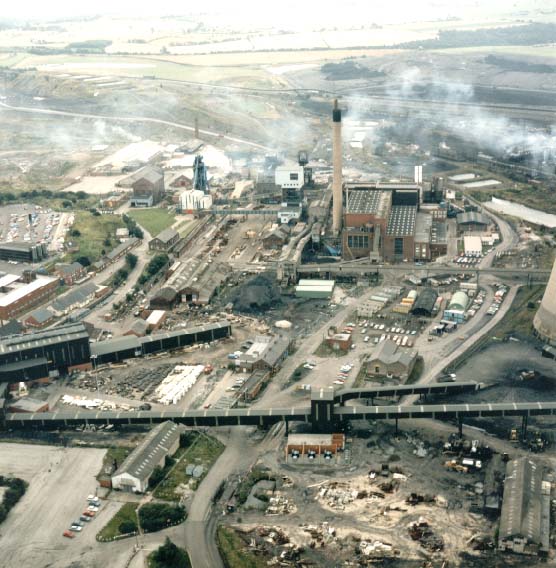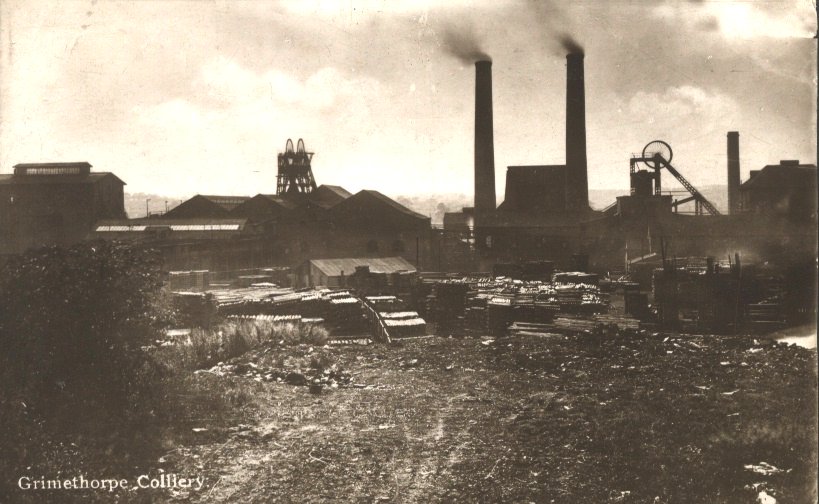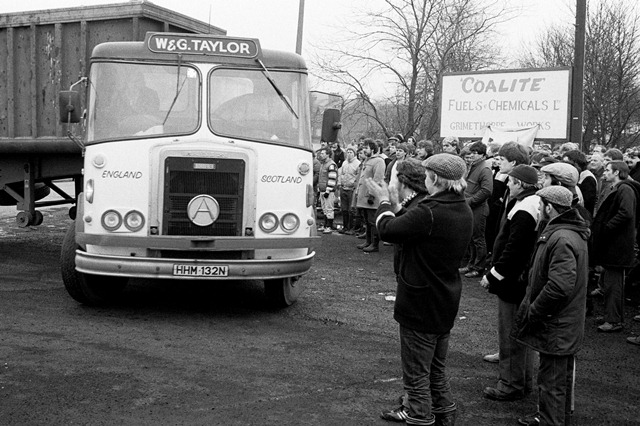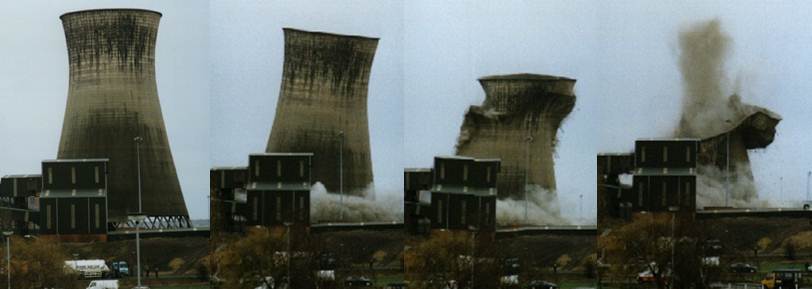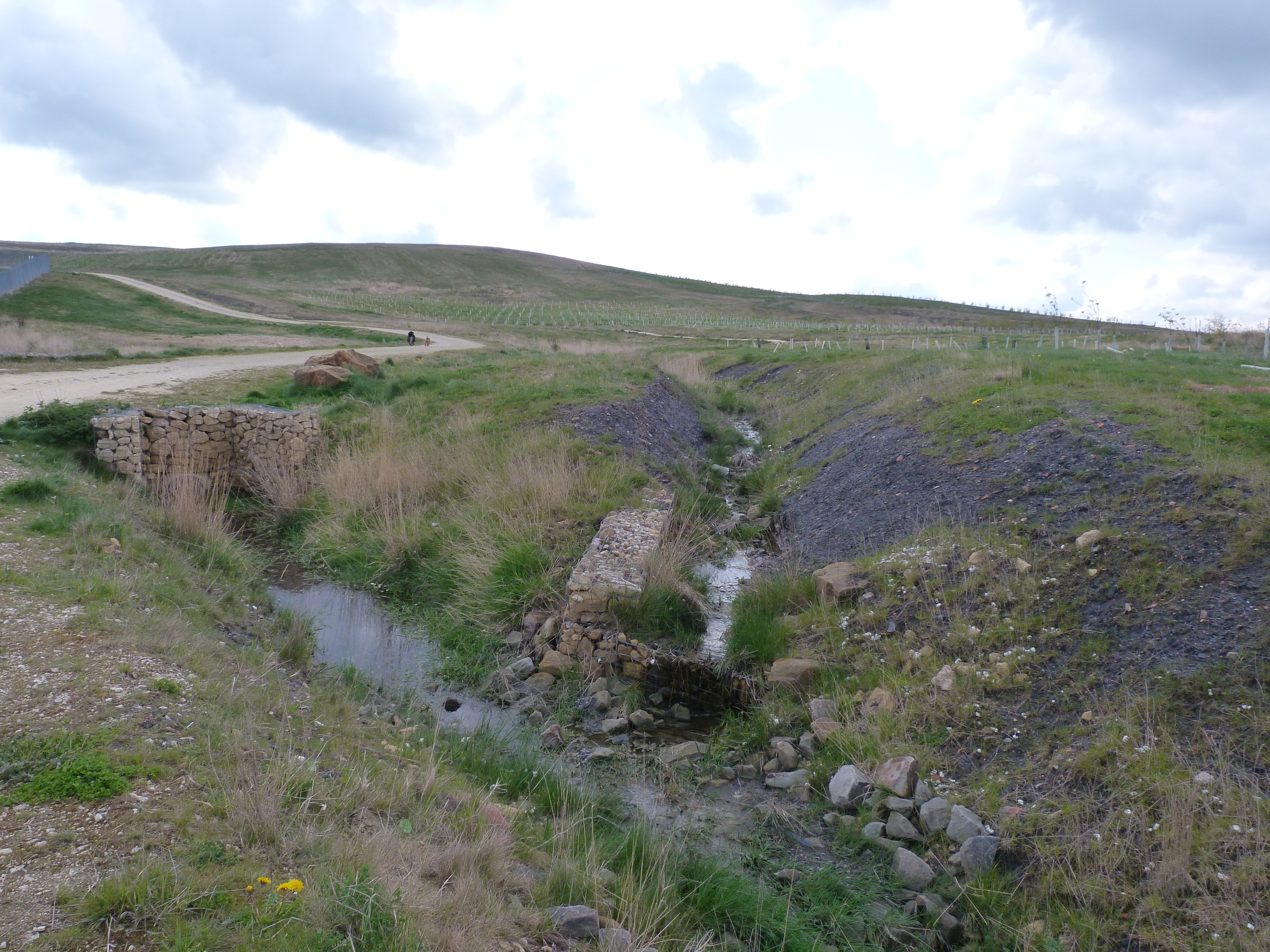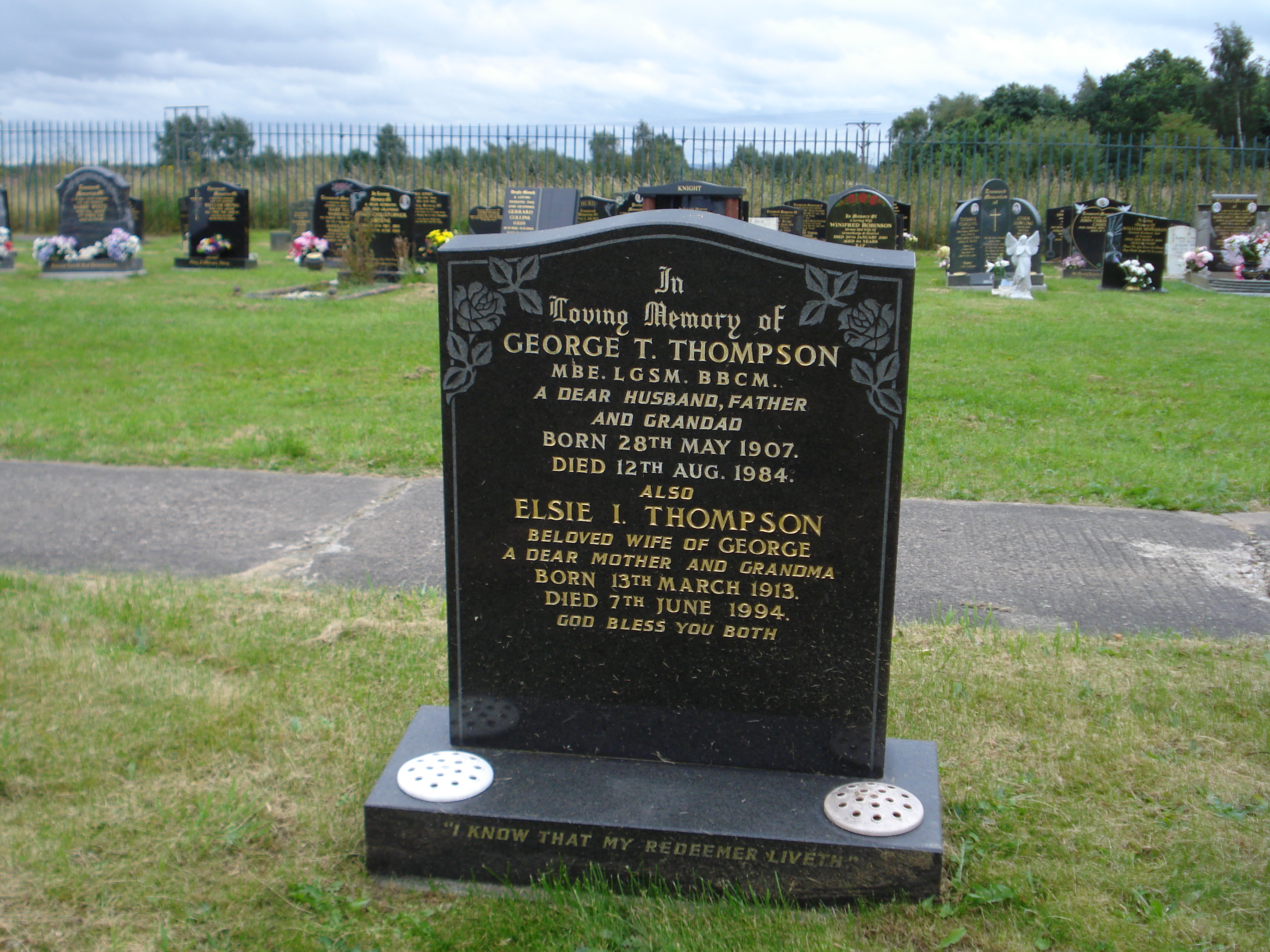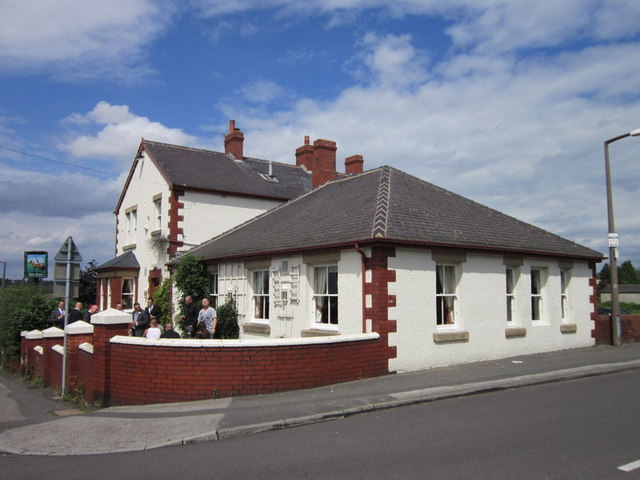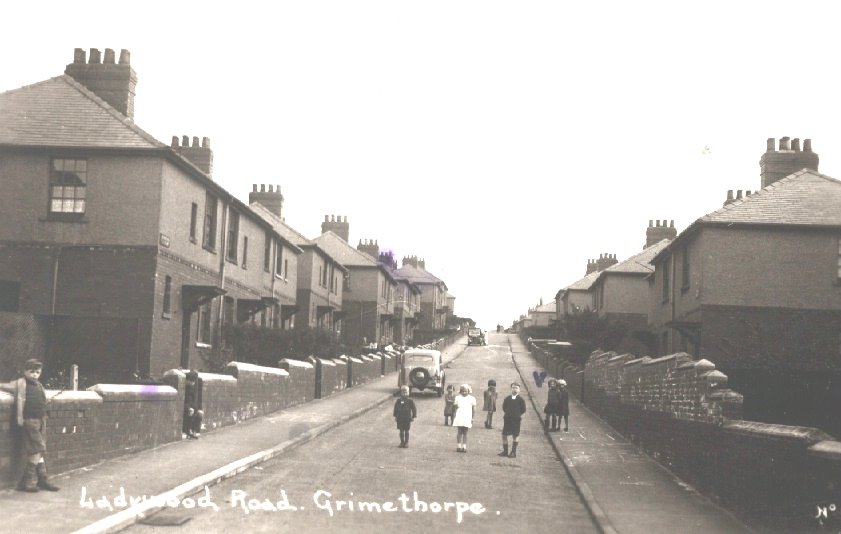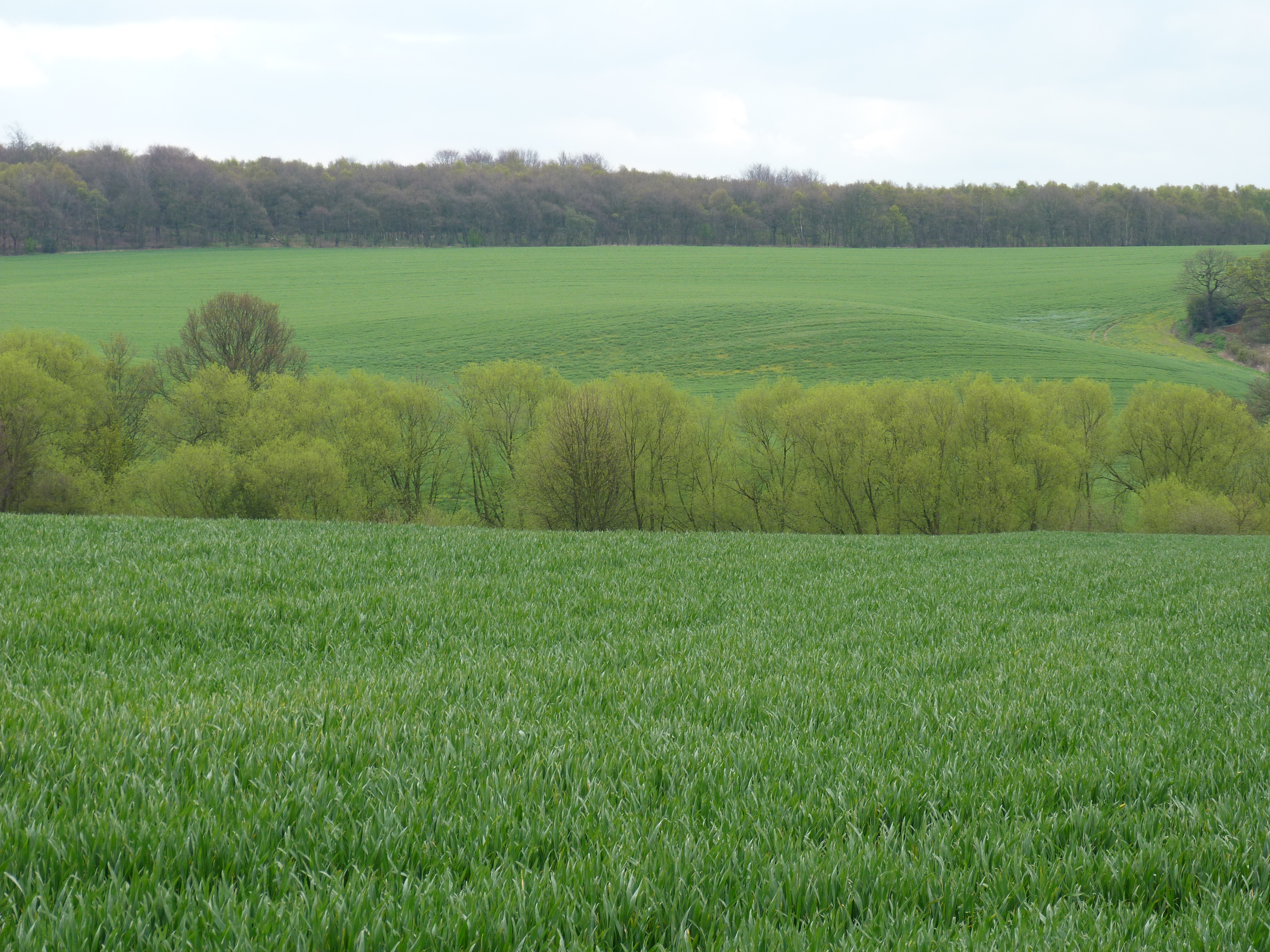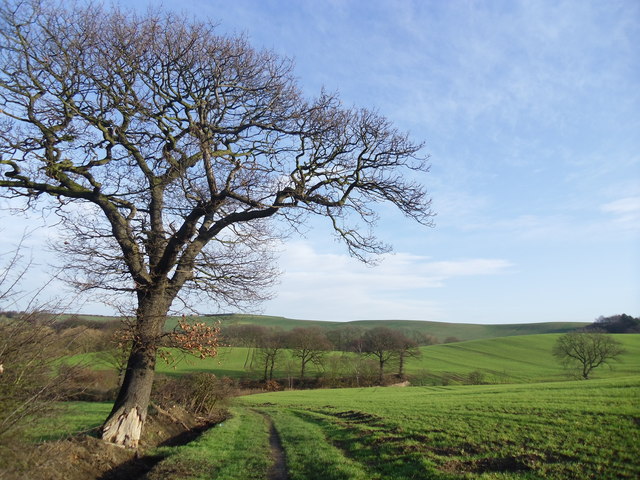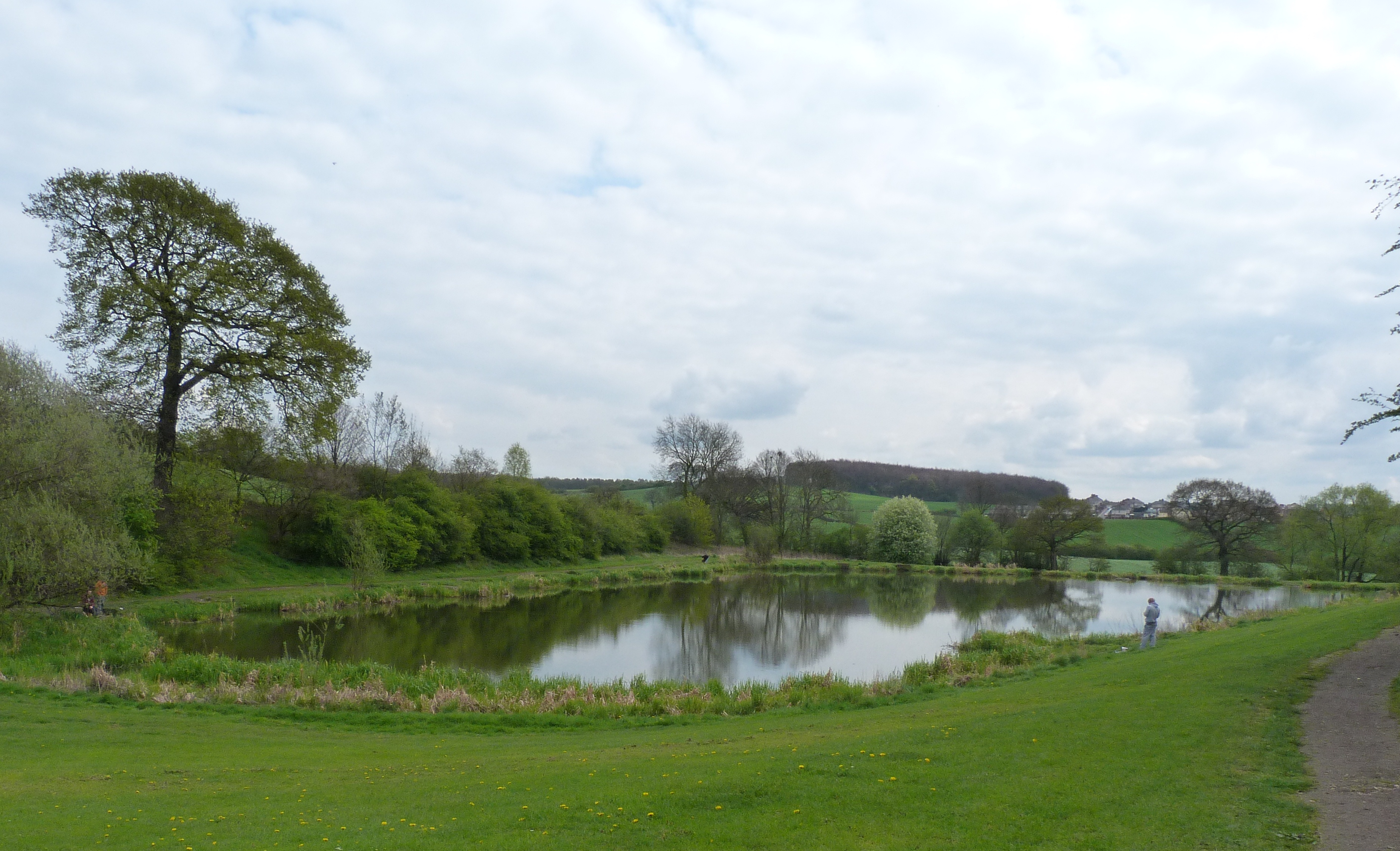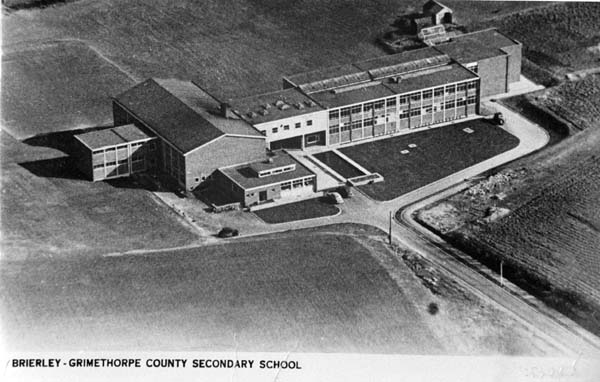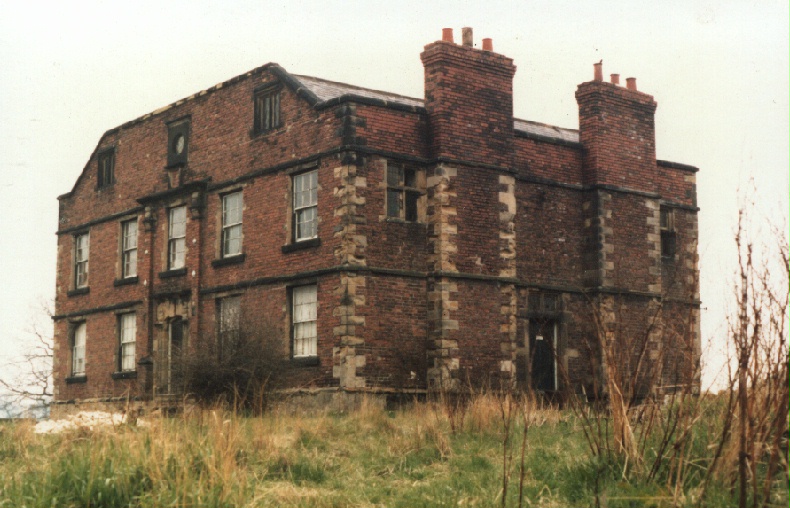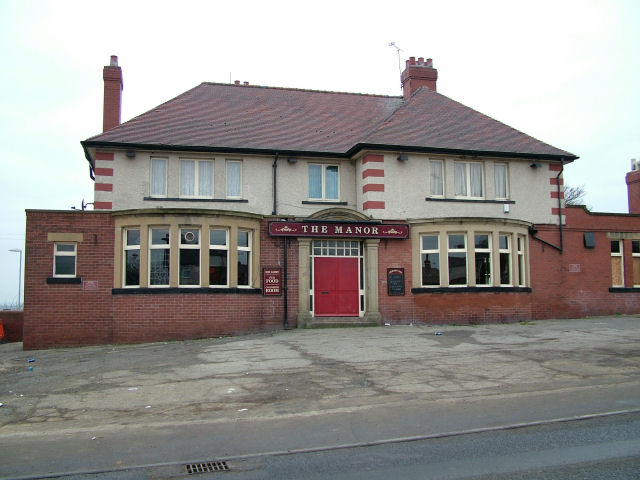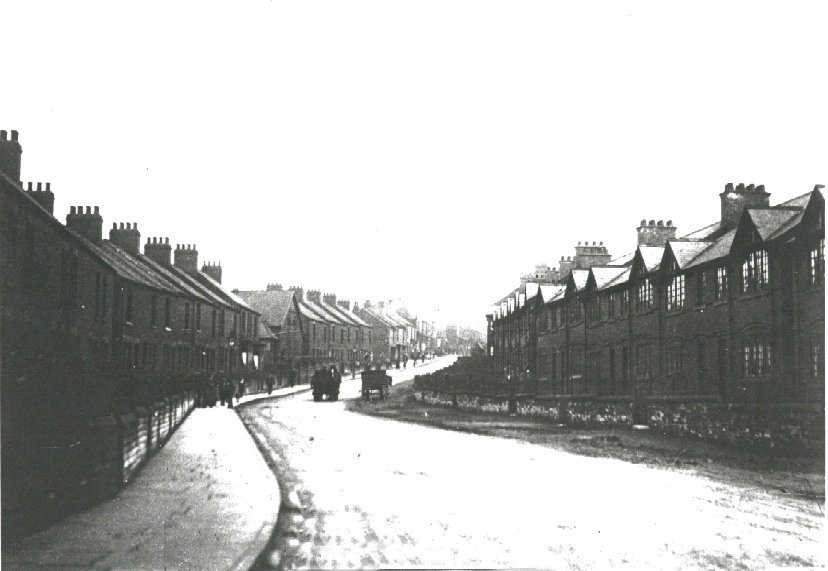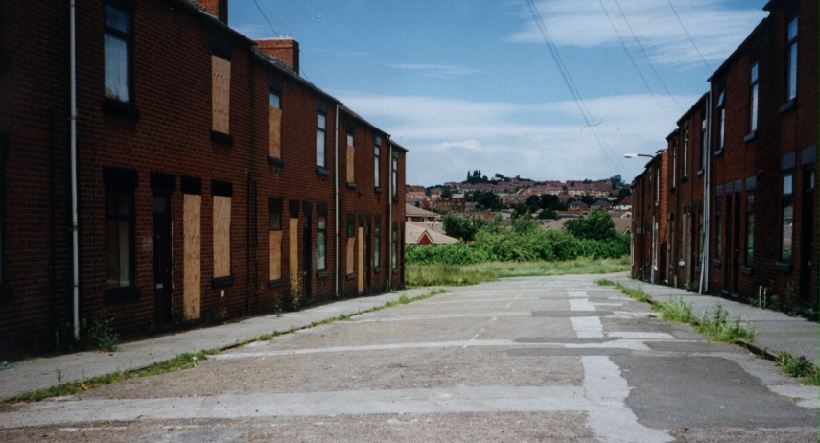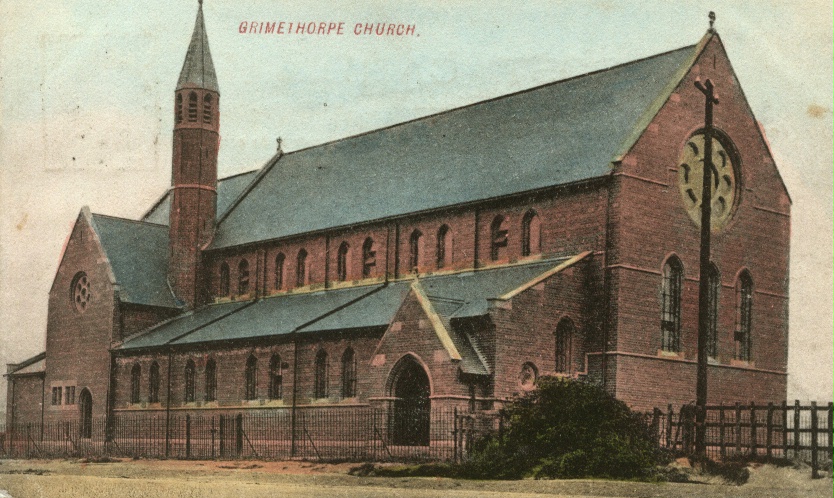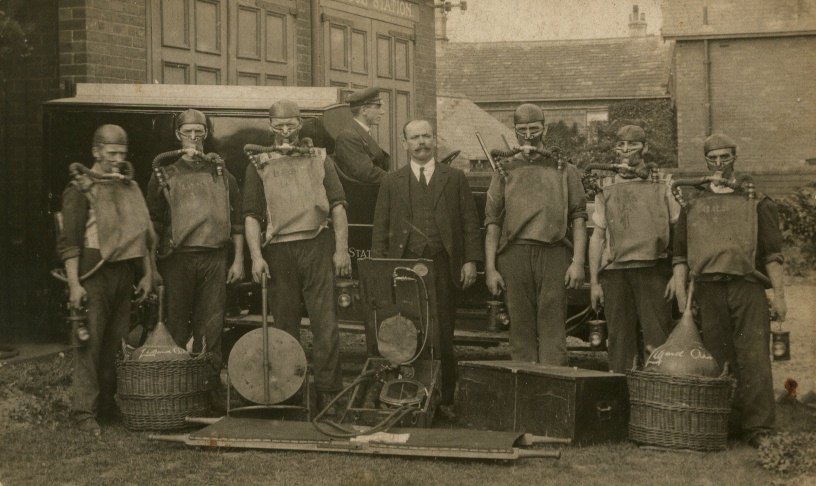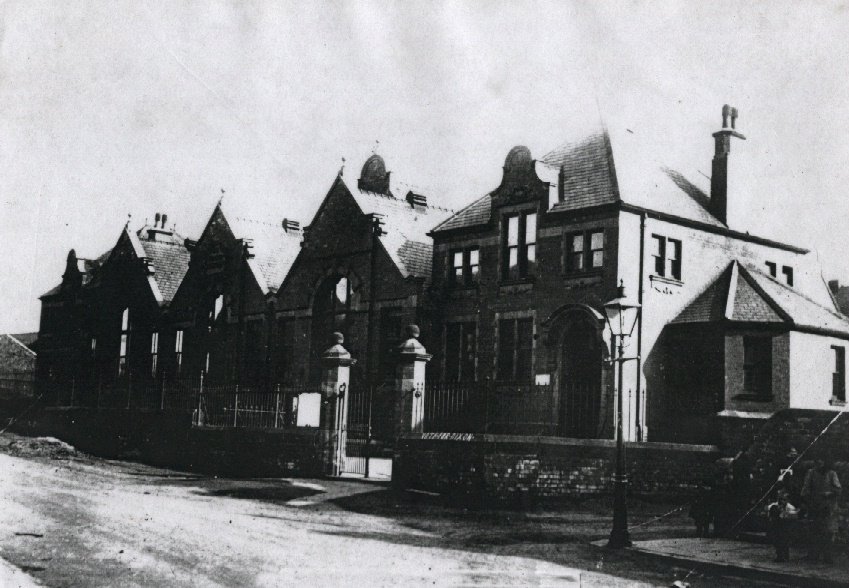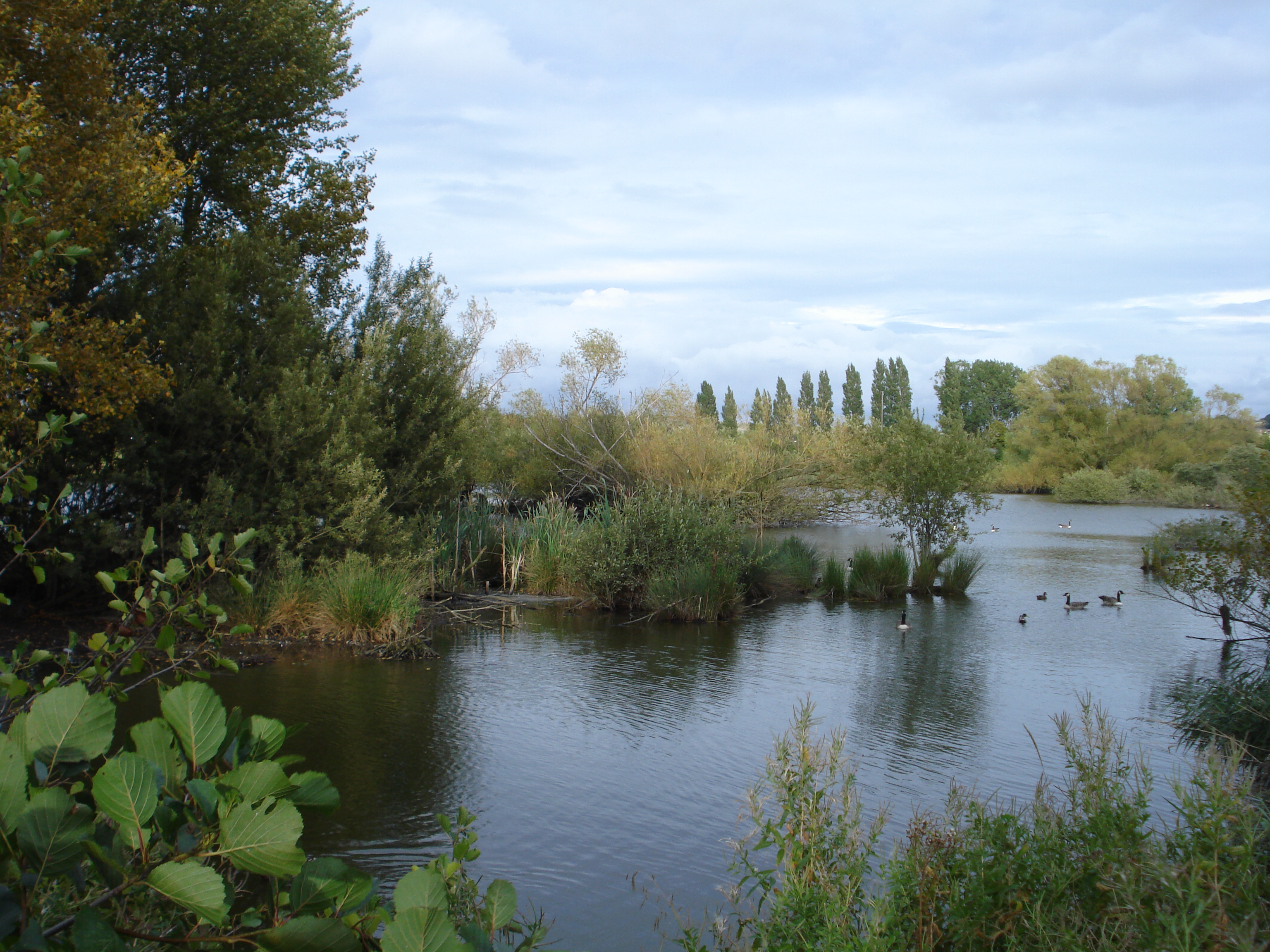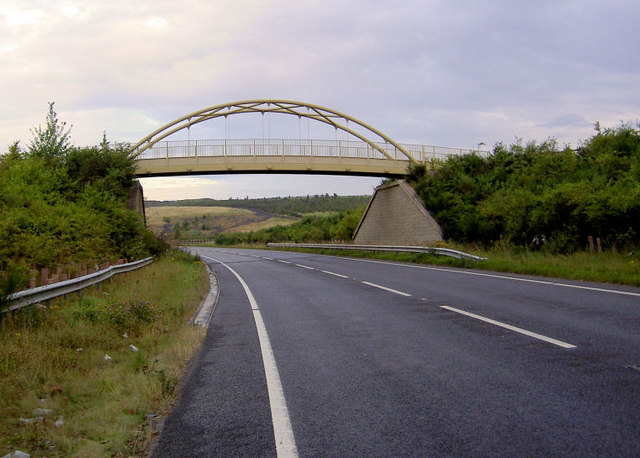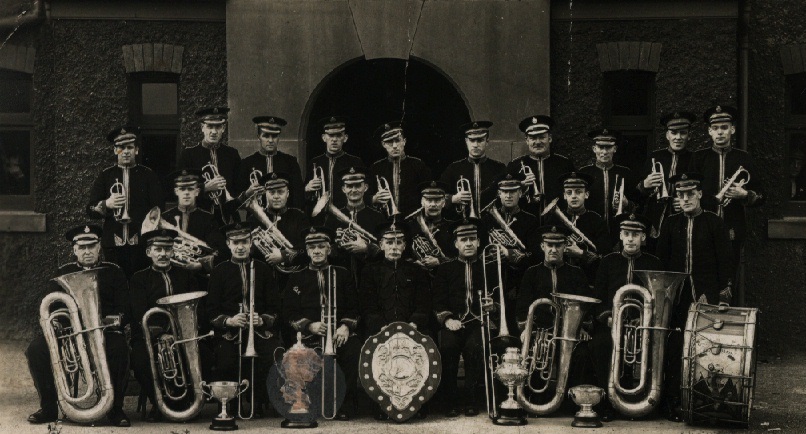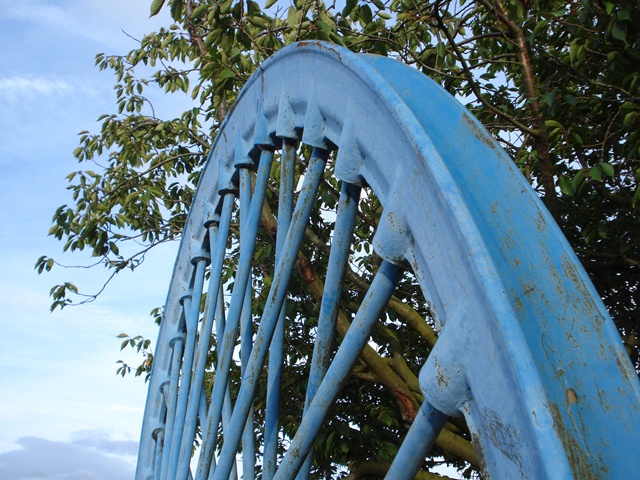Grimethorpe Colliery opened near this point in 1896. It was one of Britain’s most productive deep coal mines due to the six-foot thick ‘Barnsley Seam’ of high-quality bituminous coal used for both ‘coking’ and ‘steam’ coal.
Most of the coal was used as steam coal in local power stations – there was one here in Grimethorpe and we’ll see the site of it later.
The coal was also used for local domestic consumption in the days before the UK Clean Air Act of 1956 when most people had an open fire in their house. Local industries also used the coal for fuel.
A second pit was started 600 metres away in 1915. Ferrymoor Colliery was a drift mine locating coal seams at an angle from the surface. It linked underground with nearby Riddings and South Kirkby Collieries in 1969.
Terry Haynes, OBE was Under-Manager of Grimethorpe Colliery and a long-standing member of its prize-winning First Aid Team. Terry’s family has been involved with this pit for the best part of 100 years. No-one knew it better.
Terry: “My granddad came from Bolsover Colliery where he helped to sink shafts. He came here in 1884 to start sinking shafts. He decided to stay at this pit and he became a collier underground, a coal hewer as they were called then, and then he rose to overman.
He carried on working until he was quite old – he finally finished up at 74 years old in colliery security – he patrolled the grounds
with a big Alsatian.
Of course his five lads grew up in the mining industry. My dad was a deputy, my uncle was overman, my other uncle was a safety officer and my other one was a road layer. So I naturally followed in my father’s footsteps.
There were no interviews or exams or qualifications or references. If you could walk you could get a job in the pit. I started doing
pony driving in 1952, then I went coal filling – you had to fill 16 tons for £3 a day.
Grimethorpe was one of the most advanced collieries in the country. It was called the ‘golden pulley pit’ because we used to wind a million tons of coal a year, roughly 34,000 tons a week.
The winding engines were enormous – 1,200 horsepower. Number one engine, which was a steam-driven engine, went for 50 years continually – 16 hours a day winding coal.
Of course the pit employed a lot of men. In its heyday it employed 3,300 men and they came from all round Grimethorpe. In fact it had its own train station in the pit yard. A train came from Barnsley, stopped at Royston and Cudworth picking up miners and dropped them off in the pit yard.
The occupations in the pit were enormous. We’d scientists, ventilation people, safety department, joiners, road layers, bricklayers. Any occupation you can imagine was done at a pit.
The coal from Barnsley Bed was so hard that you got it in lumps rather than shale or little bits. In the 1930s coal from the Barnsley Bed was used on the Flying Scotsman for its record run from King’s Cross to Edinburgh when it hit 120 miles an hour.
Grimethorpe also supplied Buckingham Palace with Barnsley Bed hards to fuel boilers. We had two men on the surface just picking lumps of the best Barnsley Bed coal for Buckingham Palace.“
